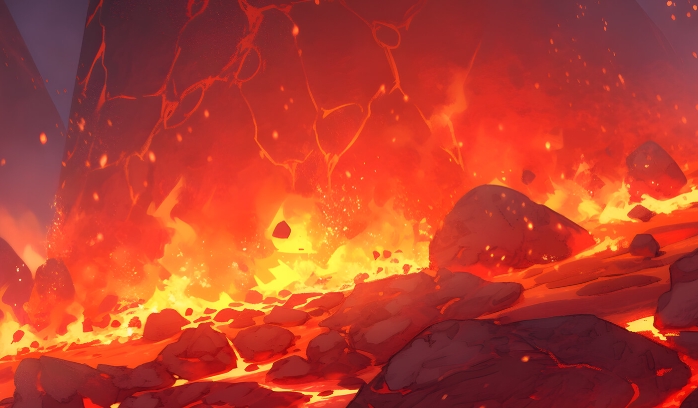Volcanoes have captured the fascination of humans for centuries, with their fiery eruptions and majestic presence. But have you ever wondered where volcanoes come from and how they are formed?
Formation of Volcanoes
Volcanoes are created by the movement of tectonic plates beneath the Earth’s surface. When these plates collide, one may slide beneath the other in a process called subduction. This movement creates intense heat and pressure, causing the earth’s mantle to melt and form magma. As the magma rises towards the surface, it can create a volcano.
Types of Volcanoes
There are different types of volcanoes, each with its unique characteristics. Some volcanoes, like shield volcanoes, have gentle slopes and are formed by layers of lava flowing out. Other types, like stratovolcanoes, have steeper slopes and are made up of layers of ash, lava, and rocks.
The Role of Magma Chambers
Magma chambers are pockets of molten rock located beneath the Earth’s surface. These chambers can hold vast amounts of magma and are responsible for feeding eruptions. When the pressure inside a magma chamber becomes too great, it can cause an explosive eruption.
Volcanic Eruptions
Volcanic eruptions can vary in intensity, from gentle lava flows to explosive blasts. The type of eruption is determined by the viscosity of the magma, with more viscous magma leading to more explosive eruptions. Volcanic eruptions can have a significant impact on the surrounding environment, affecting landscapes, ecosystems, and even climate.
The Ring of Fire
The Ring of Fire is a horseshoe-shaped belt of volcanic activity that encircles the Pacific Ocean. This region is home to some of the most active and volatile volcanoes in the world. The geological forces at play in the Ring of Fire make it a hot spot for seismic activity and volcanic eruptions.
In conclusion, the origins of volcanoes are rooted in the dynamic processes of the Earth’s crust. Understanding how volcanoes are formed and what drives their activity is crucial for assessing the potential risks and hazards they pose. By studying the geological perspective of volcanoes, we can gain a deeper appreciation for their power and beauty.

